There’s No Such Thing As A Free Lunch (break)
by Nila Pathammavong
The saying goes that there’s no such thing as a free lunch. According to a recent report the common phrase is now more appropriate than ever. A pricing analysis conducted by NDP Group found that in many restaurant segments, prices have risen 5 percent in the last 12 months. At the same time, grocery prices have remained relatively stable. As a result, restaurant lunchtime traffic is down 4 percent and the average customer bill is down five percent—exactly the same amount as the average restaurant price hike.
According to NPD analyst Bonnie Riggs, “Price value, especially at lunch, is out of whack. Consumers have cut back because they can’t afford to go out for lunch every day.”
Nonetheless, you shouldn’t be cutting the meal from your diet entirely. So how can you take the bite out of your lunch budget without dealing with hunger pangs throughout the afternoon? Here are several ways that workers can deal with the rising price of lunches.
Bring your lunch from home. Packing your own lunch is a very simple solution to deal with the high cost of restaurant prices. The same sandwich you pick up at Subway will cost a fraction of the price if you make it at home. If you never seem to have enough time to make your lunch in the morning, consider doubling the recipe when you make a dinner the night before. If you have a short commute, you may even be able to stop home to prepare your lunch without taking too much time away from your work.
Plan your lunch around special offers. If you can’t find the time to prepare your own meals, at least stay alert for special discounts at the restaurants surrounding your workplace. There are often coupons in local newspapers or online, as well as in-store offers that may bring a meal that is typically too expensive back into your price range.
Eat family-style with your colleagues. Instead of footing a bill by yourself, bring a few colleagues out for lunch with you, order a few dishes that are easy to share and split the cost between yourselves. Not only will you all be able save a few dollars, but you’ll be able to sample a better variety of fare and get to know your coworkers better at the same time!
Graze throughout the day. The earliest humans were nomadic hunters and gatherers and would graze over the course of a day instead of sitting down for three square meals. You can get back to your ancestral roots by selecting a nutritious and filling snack, such as trail mix, and enjoying a few handfuls over the course of the day.
If the cost of your lunch break is leaving you sick to your stomach, try these cost-effective alternatives to eating out. For more ways to save money in your day to day life check out the Milford Bank blog here.


